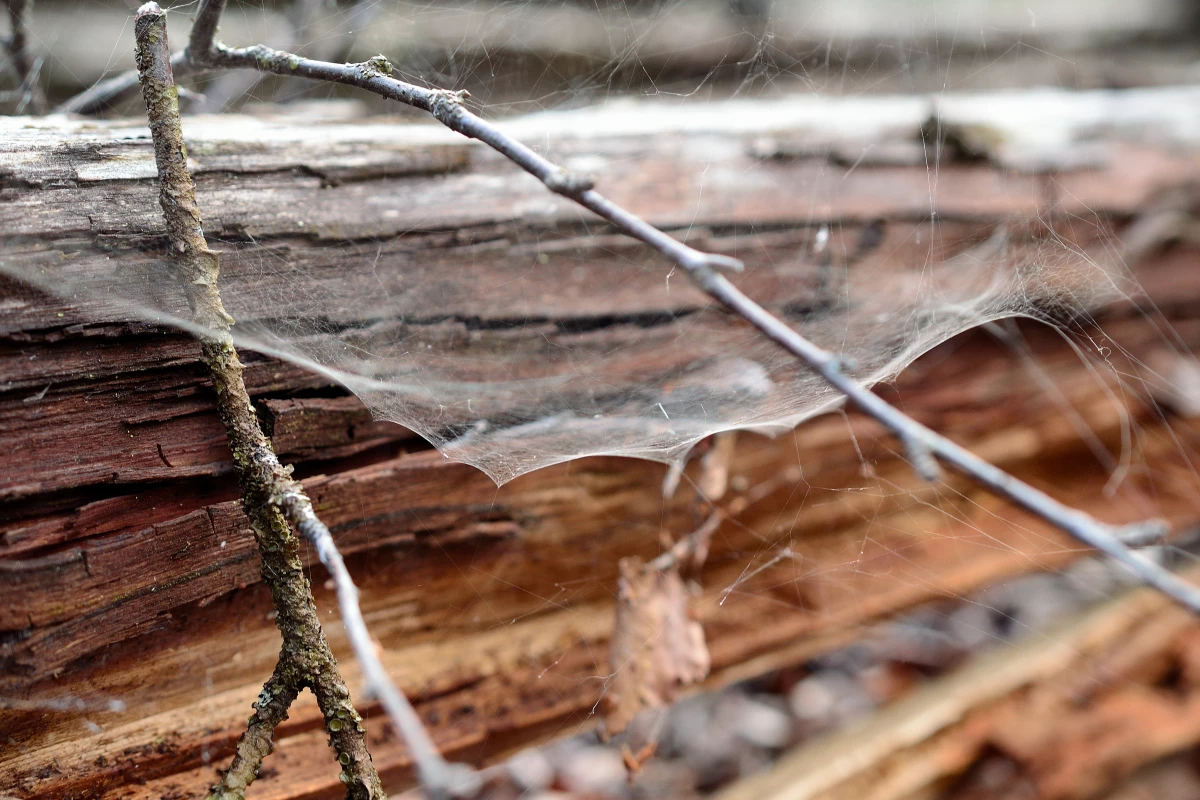It can be difficult, combining strength (the ability to withstand force without permanently deforming) and toughness (withstanding force without fracturing) in one material. A new substance is claimed to do so, however, by mixing wood fibers with spider silk.
In order to make the experimental new material, scientists at Finland's Aalto University and VTT Technical Research Centre started with ordinary birch tree pulp. This was then broken down into cellulose nanofibrils (tiny fibers) which were subsequently aligned with one another, within a scaffold. Spider silk adhesive was then added, forming a soft, energy-dissipating matrix within which the aligned nanofibrils were contained and connected.
Once it had set, the resulting material was found to "outperform most of today’s synthetic and natural materials" at resist non-reversible deformation while also stretching without breaking. And while some types of plastic do also show a similar combination of the ordinarily mutually-exclusive qualities, the Finnish material is entirely biodegradable and petroleum-free.
That said, regular spider silk isn't ordinarily something that can be cheaply produced in commercial-scale quantities. With that in mind, taking an approach that has been used at least once before, the researchers instead obtained it from bacteria with altered DNA.
"Because we know the structure of the [spider web] DNA, we can copy it and use this to manufacture silk protein molecules which are chemically similar to those found in spider web threads," says Aalto's Prof. Markus Linder. "The DNA has all this information contained in it."
Plans now call for items such as implants, textiles, packaging, and impact-resistant objects to be made from the material. A paper on the research was recently published in the journal Science Advances.
Source: Aalto University




